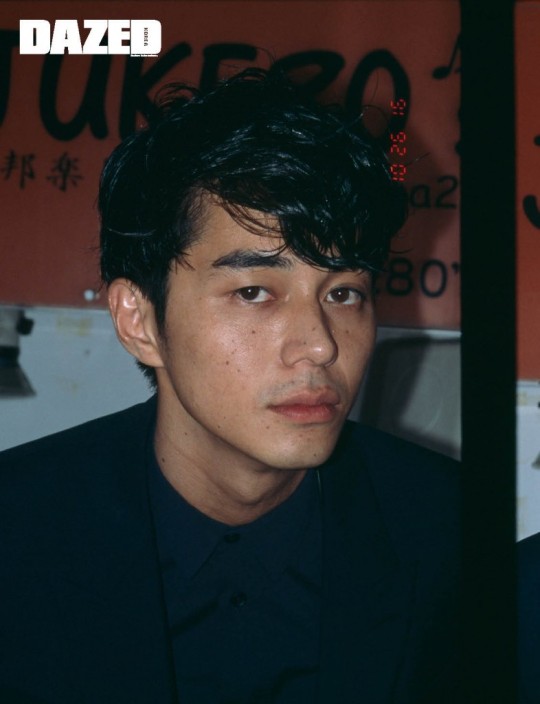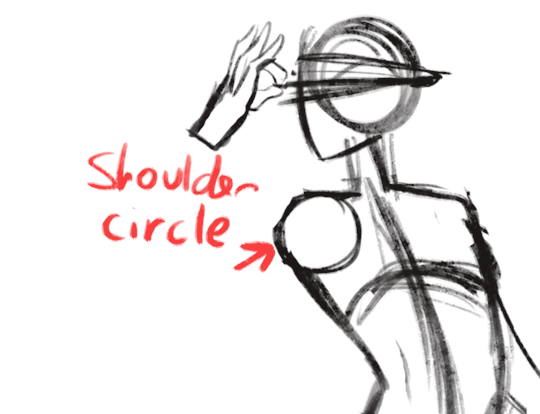Video
youtube
already after ten seconds i was like OH HOLY SHIT
8K notes
·
View notes
Photo




Starting a mini drawing tips series! Feel free to suggest some topics you’d like covered// Hope you find this useful!
Also on: twitter / instagram
26K notes
·
View notes
Text
Draw Accurate Bones And Muscle
By Creative Bloq Staff
Anatomy is a huge subject and requires a blend of scientific information and artistic practicality. For example, you need an engineering-like understanding of how the skeletal joints work to construct your figures. But if you don’t know how to draw well enough to get a good gesture, no technical understanding of the joints is going to save you from awkward-looking movement.
Too many artists get stuck on one side or the other: either having a complete understanding of medical anatomy, but being unable to draw a convincing- looking bicep. Or having enough figure- drawing experience to be able to fake the form, but not really understanding what they’re doing and inevitably drawing something physically impossible.
Yet when everything is in balance, anatomy is magic, and it enables you to create a human figure in any pose you want without reference. I’ll do my best to get you started in this workshop, with an introduction to the skeleton and muscle physiology as well as a few specific hints and tips on depicting the torso muscles. And if you want to watch video demonstrations or obtain more in-depth information on any of this, I have more tutorials on my website.
01. Study the skeleton
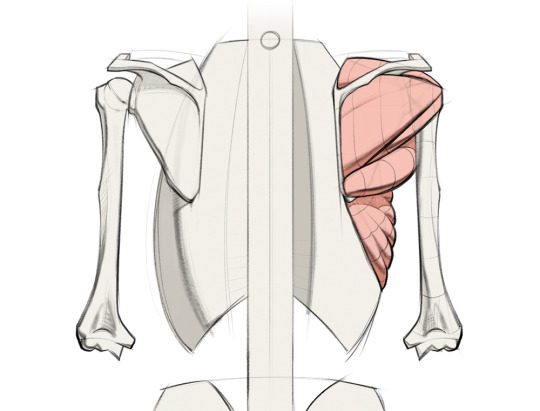
Mastering the human skeleton will mean you get figure drawing right every time
Bones are the foundation of the body. Muscle and fat, in contrast, can vary wildly from person to person and even throughout a lifetime. The skeleton, however, is much more reliable. Understanding it is vital for knowing where to attach muscles, and also helps with proportion. For example, the rib cage will always be as deep as the head is tall, no matter how much fat or muscle there is on top.
02. Use the bony landmarks

Prominent bones will help you navigate the skeletal structure
To help identify the placement of the skeleton, look for the bony landmarks. These are key spots on the body where the bones are superficial, with no muscle or fat blocking them from the surface of the skin, and include your collarbones, elbows and the back of your spine. They’re more trustworthy than skin-based landmarks like the navel, because skin can sag and stretch. Trust me, the bony landmarks are your new best friend.
03. Giving yourself a headstart

Reducing the body to simple shapes makes it easier to understand
There are three main masses that determine the balance of the human body: the head, the rib cage and the pelvis. The spine connects these, and connects to the arms and legs. We need a strong understanding of these forms so we can invent them from any angle, which means simplifying them down to a manageable structure. For the head, that’s a sphere for the cranium and a block for the jaw.
04. Depicting the rib cage

Proportions are measured in relation to other body parts
Simply speaking, the rib cage is egg-like, but we can do better than that. It has about the same depth as the head, but it’s one-and-a-half head heights tall and one-and- a-quarter wide. It’s thinnest near the neck and reaches its widest point about two-thirds down. Once you have the major proportions established, you can place the end of the sternum halfway down the rib cage, and construct the thoracic arch below it. Don’t forget to define the edge between the front plane and side plane of the rib cage.
05. How to simplify the pelvis

Remember to differentiate between a male and female pelvis
Okay, this one looks complicated, I know, but that makes simplifying all the more important. On a guy, it’s roughly the same width as the rib cage and about as tall as the head. The female pelvis is wider and shorter. Keeping those proportions in mind, the pelvis is essentially a bucket. Take out a wedge from the front of the bucket to define the pubic symphysis and the front of the iliac crest. You can continue to shave sections off piece by piece to articulate a perfect pelvis.
06. How to master muscles

Understanding the muscle in three dimensions lets you do some pretty creative things
To master a muscle, you should study its origin, insertion, function, antagonist and form. The origin is where the muscle attaches on the more central or stationary part of the body, and the insertion is the attachment on the outer or more movable part of the body. When the muscle contracts, it pulls the insertion closer to the origin. The most important aspect to study is the form. When you understand muscle in three dimensions (including its major planes changes and where it’s the thinnest and thickest) you’ll be able to draw it from any angle, and under any lighting conditions.
07. Learn the functions
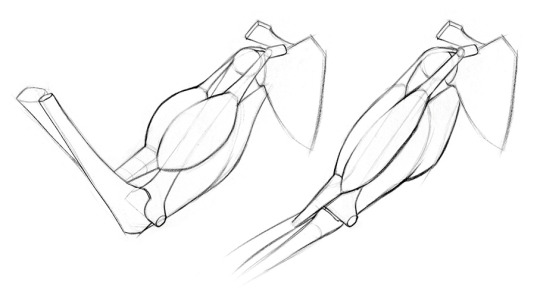
Learning how the muscles function help to create realistic figures
As you already know, muscles contract to pull the insertion closer to the origin. They aren’t capable of relaxing by themselves, so they need an antagonist to pull in the opposite direction and stretch them back out. The bicep bends the arm (flexion), and the tricep straightens the arm (extension). Understanding muscles’ functions helps you draw a natural-looking figure by flexing and relaxing the muscles appropriately for that pose. Avoid the constipated bodybuilder look.
08. How to define the muscle groups

Some muscles, when relaxed, can be grouped together
Neighbouring muscles with similar functions can be grouped together. When the muscles are flexed they’ll pop out and be individually distinct. But if they’re relaxed at the same time, they’ll blend into one big, smooth form. For example, the quads of the leg (rectus femoris, vastus lateralis, vastus intermedius and vastus medialis) can be grouped together into one form. Use these opportunities for simplifying anatomy to create a balance of active and passive areas in your drawings.
09. Muscle fibres and tendons

It’s important to remember that tendons behave differently to muscles
Let’s take a step back and look at what makes up a muscle. The red muscle fibre is what shortens when the muscle is flexed. It doesn’t directly attach to the bone, but rather, it attaches to a middleman material called a tendon. Tendons can’t shorten or stretch like muscles can. They simply tape muscle to bone. When the muscle fibres are contracted and bulging, the tendon will often appear as flat depression or furrow.
10. Long versus short muscles

Different muscle lengths affect how an individual looks
People are born with different lengths of muscle versus tendon. It’s a subtle difference that will affect how long and elegant, or abrupt and angular, their muscles look. With long muscles, when the muscle is flexed, it will appear smooth and graceful. Long tendons means there’s less room for the muscle. They’ll have a sudden start and end, appearing like mountain ranges. Compare different bodybuilders to see this effect in action.
11. Anatomy tracing and invention
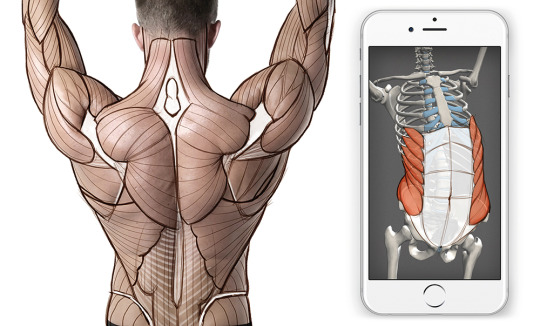
Once you’ve got the hang of muscles, start free-forming on a skeleton reference
Ready to practise muscles? A great exercise is called anatomy tracing, where you chart the muscles on top of a photo reference. It’s a little easier for beginners because you don’t have to juggle many drawing factors at once and can focus on recognising and accurately placing muscles. When you get comfortable with that, crank it up a notch and invent the muscles from your imagination on top of a skeleton reference. You can draw the skeleton yourself, or use the mobile app Skelly, a poseable anatomy model, to quickly pose an accurate reference to draw on.
12. Understanding the pectoralis major

The pectoralis major is made of three distinct portions
Let’s learn a muscle. The pectoralis major’s form is akin to a flat box, tucked into the corner of the collarbones and sternum. Its three distinct portions (the clavicular, sternal and abdominal) overlap each other in a folding fan pattern, and twist over each other where the muscle pulls from the rib cage to insert on the arm. When the pecs flex, its muscular bundles become easy to see on the surface form. Fat gathers on top of the pecs along the outer-bottom corner in a crescent shape, and gives the pecs a distinct edge.
13. Think of breasts like water balloons

Breasts need to communicate gravity and hug the surrounding skeleton
Think of the breasts as water balloons rather than spheres. Show gravity in your drawings by letting the breasts hang or wrap around the rib cage, depending on the pose. Keep in mind that the pectoralis major lies underneath. The pecs are easy to see where the breast tissue thins, on the upper chest and near the armpits. If the pecs are flexed, you’ll see pec bundles, even on non-muscular women.
14. Putting some back into it

The myriad shoulder muscles take a lot of work to untangle
The upper back is an intimidating area. You have numerous shoulder muscles to learn to draw, going from the shoulder blade to the armpit, creating a bunch of thin tube-like forms. The shoulder has the widest range of motion of any joint in your body and it needs all those small muscles for that. The big masses of the back are the trapezius along the neck and upper back, erector spinae, which follows the length of the spine, and latissimus dorsi, which gives the torso that V-shape.
15. Decide on how much fat and how much muscle?

Different fat and muscle ratios result in varied body types
Have you ever seen a skinny guy with a six-pack? Or have you ever spotted a very strong wrestler with a bit of a belly on him? I certainly have. Fat develops on top of muscle. Even a thin layer of fat will smooth over muscular definition and soften the form. Body types are not a matter of fat or muscular, but “how much fat?” and “how much muscle?” Using those two factors together, you can create a variety of body types for a range of characters.
This article was originally published in ImagineFX magazine issue 135. Buy it here.
2K notes
·
View notes
Text


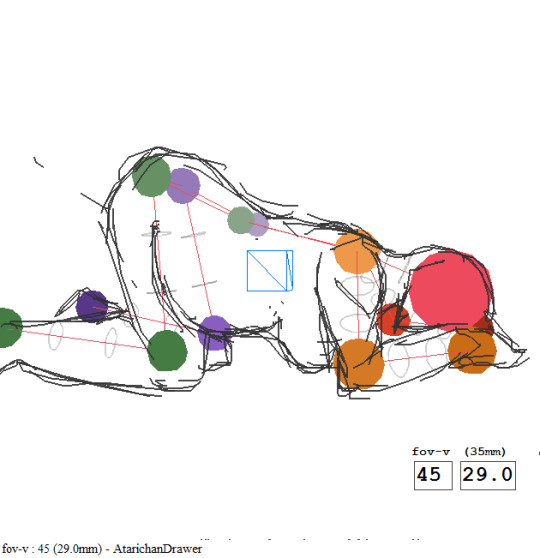
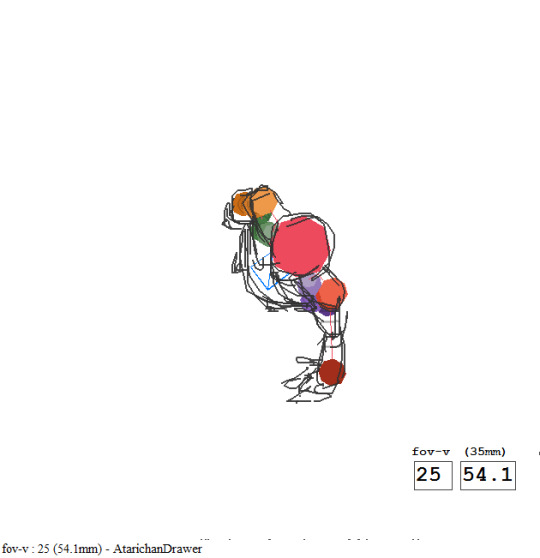
ELI SHOWED ME A COOL THING where it generates a skeleton in various angles for you !!!!!!
213K notes
·
View notes
Note
hi Kel!! if you could give some advice/tips to your younger and inexperienced self what would you say is the best and most efficient way to do an anatomy study so it actually sticks in your mental library? like how do you break down a study of a body part
UMM I think the most effective way to learn anatomy varies from person to person but for me, I like drawing the muscles over pictures to see how they work/ their placement in action! SO USING THE ARM as an example
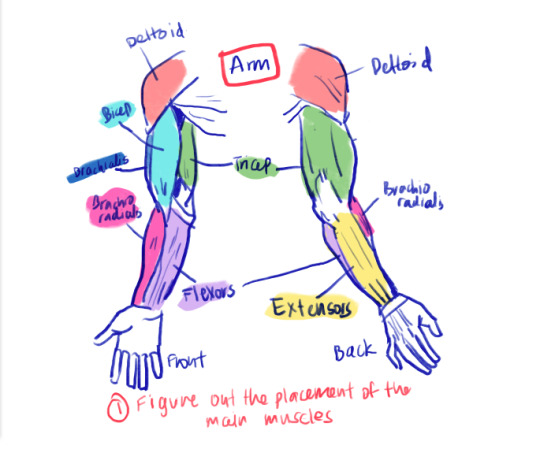
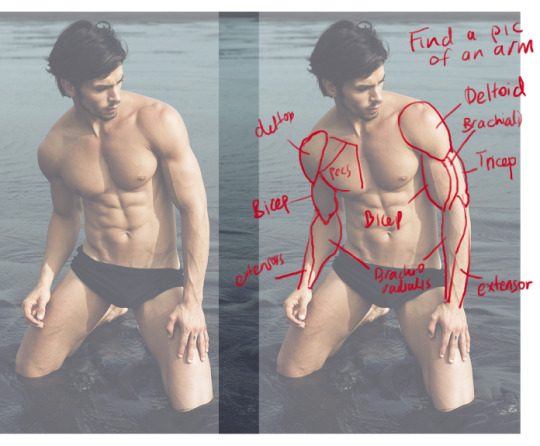
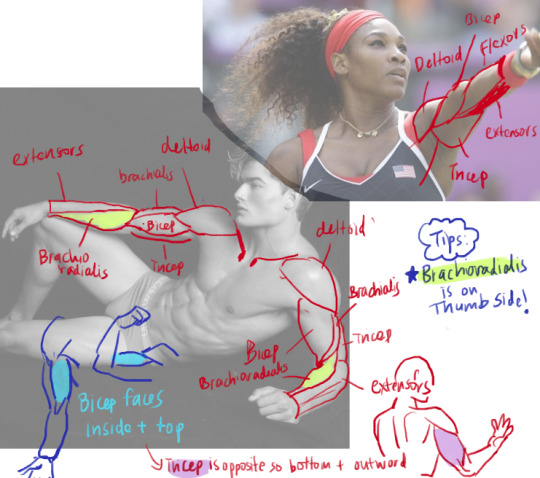

omg somehow this became about arms BUT YEAH I basically do the same for other body parts and DOING THIS rly helps me visualize where what belongs where, and it also helps me with getting a 3d image! Im not sure if THE LAST PART makes sense but I also think it’s very important to understand how things are CONNECTED i.e. when you’re studying muscles, always try to see what other muscles they’re connected to + where they are on the body (do they face outward/ does that change when the body moves?) SAME FOR BODY PARTS (where arm attaches to shoulder/ where leg attaches to hip etc)
THAT’S WHAT WORKS FOR ME!! All the best to you anon 💪
7K notes
·
View notes
Photo
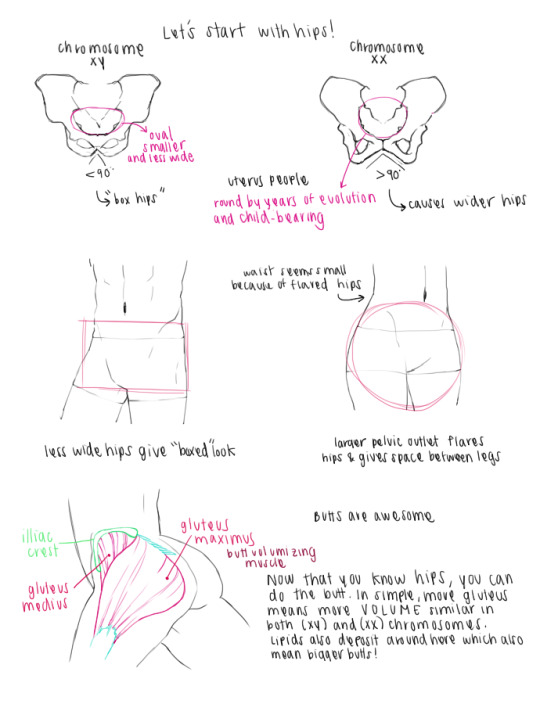


Hip Tutorial! I’ll be working on chest tutorial next, hopefully this helps
2K notes
·
View notes
Text
Pixel Tutorial!
I accidentally deleted the pixel ask, but someone asked me to show my progress on the pixels so here it is! Fay belongs to Kel!
First sketch on a 50px by 50px canvas or whatever size you like. i’ll show you what 50x50 looks like at the end of the post.

I lineart the sketch using a binary tool on paint Tool SAI

Then I color it

Then add a border!
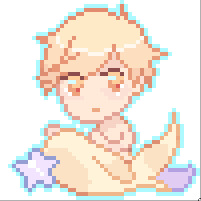
Here’s the end result!!

374 notes
·
View notes
Photo



My boobtorial/TITorial! I hope this helps for those who have been asking!!
4K notes
·
View notes
Photo

at last! 25 construction drawings with muscles on the torso.
It’s a real joy when you finally find the time to finish something you’ve started over a month ago!
Really sorry for not posting at all lately! As cliche as it will sound, I’ve been very busy around work recently and I don’t even have time to do any drawing for myself. Last month I joined the amazing team of The Golden Apple, as an assistant character designer. So far it’s been a great experience for me! Even though I don’t have time to do studies now (well except some quick gesture drawings before bed), I feel like I’m learning so much from the talented people in the team. Also, I’m often challenged by the tasks I’m given and I really don’t have a choice but to go out of my comfort zone and try harder. Those are the moments when I feel improvement and like I’m actually learning something.
Anyways, I’m starting a new class on Schoolism this week so I hope I will manage to fit that somewhere in my schedule and will also make sure to post my assignments here if anyone’s interested!
Have a lovely day/evening and thank you for getting to that last sentence (even if you scrolled through all the shit above). <3
646 notes
·
View notes
Photo


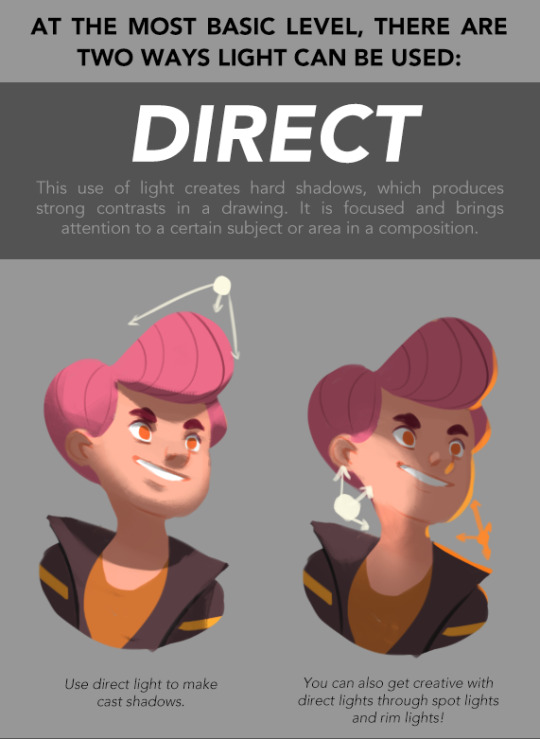



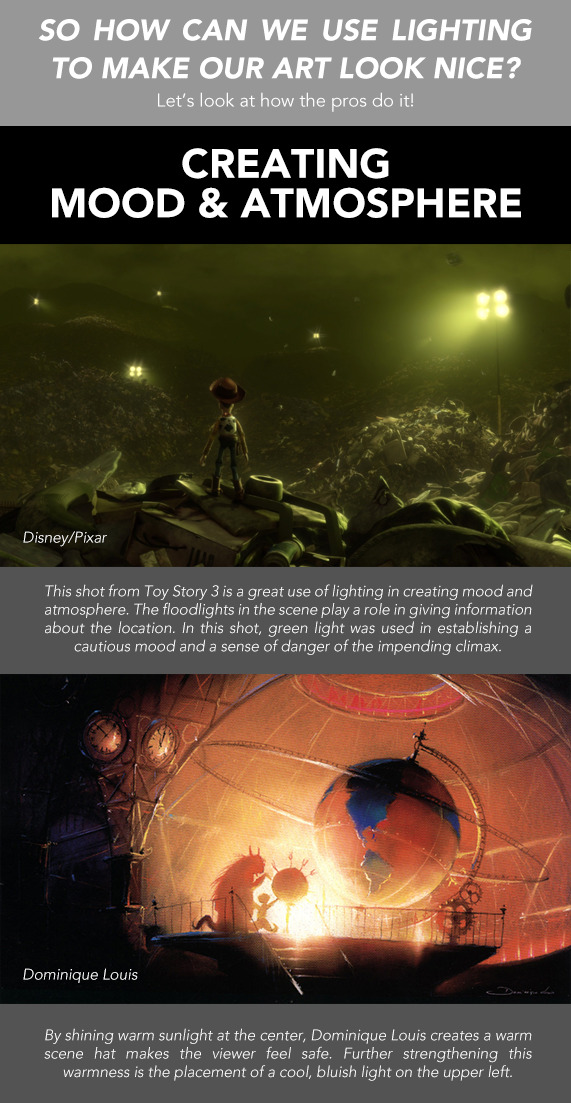


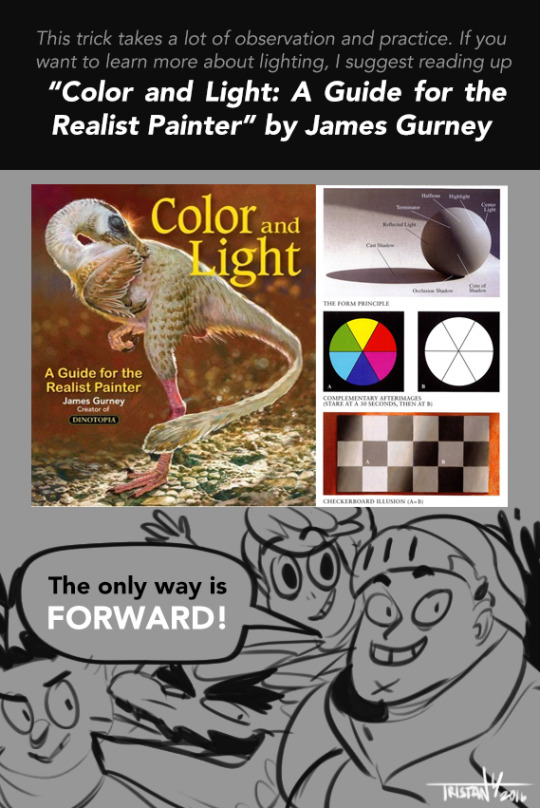
How to Make Your Art Look Nice: Lighting
Think your drawings are lacking that extra “oomph”? Maybe adding a little bit of lighting can help!
_________
The “How to Make Your Art Look Nice” Series
Flow and Rhythm | Thumbnailing | Mindsets | Reference and Style | Color Harmony | Contrast
77K notes
·
View notes
Text
shading colour tips
hey yall its me the Art Mom™ to help you shade pretty
rule 1: DO NOT SHADE WITH BLACK. EVER. IT NEVER LOOKS GOOD.
red- shade with a slightly darker shade of purple
orange- slightly darker and more saturated shade of red
yellow- i think like..a peach could work but make it a really light peach
green- shade with darker and less saturated shade of blue or teal
blue- shade with purple
purple- a shade thats darker than the purple you’re using and maybe a little pink (MAYBE blue)
pink- darker shade of red
white- a really light lavender or blue..or i guess any really light colour??
black- okay listen dont use pure black to colour anything unless you want to leave it with flat colours because you cant really shade black lol
grey- a slightly darker shade of purple or blue (less saturated)
brown- slightly darker and less saturated shade of purple or red
aaaaand thats all i got lol. let me know if there is anything i should add to this list!!
468K notes
·
View notes
Photo
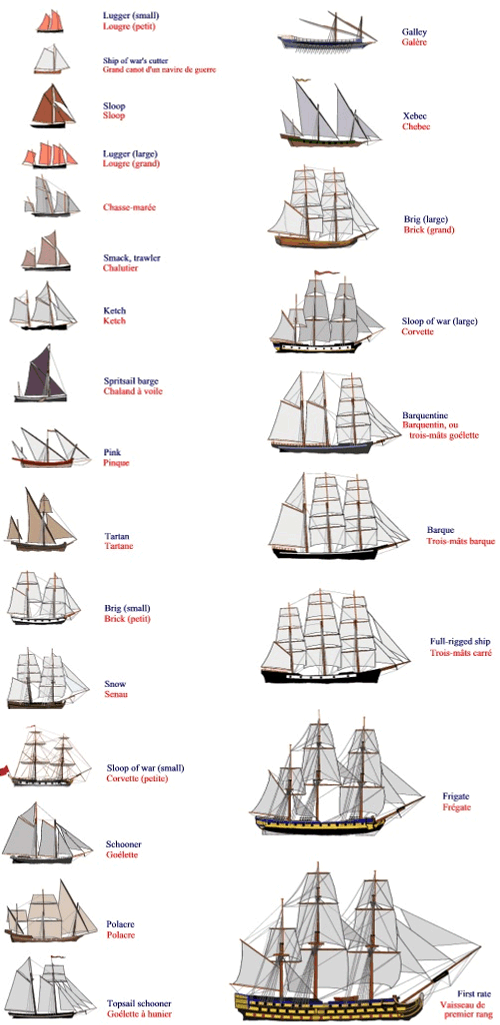


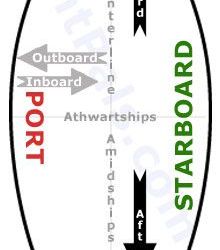
Types of Ships
Parts of the Ship
Wind Directions
Sides of Boats
60K notes
·
View notes
